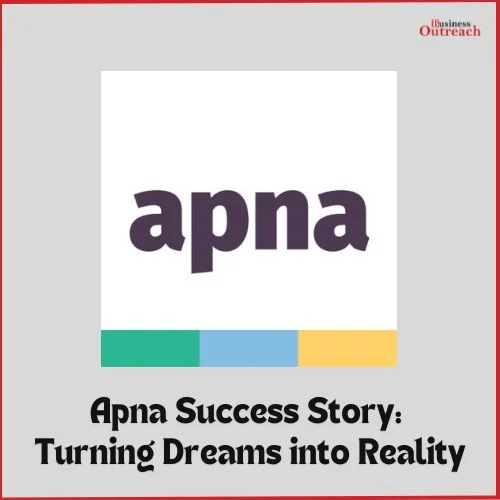The petitioner claims that EIA is useless if the damage has already been done.
The mining sector is expected to be disrupted as a result of the Supreme Court’s recent stay ruling, which temporarily suspends the granting of ex-post facto (after-the-fact or retroactive) environmental clearances (ECs). Industry analysts predict a short-term drop in mineral production since current mines will be unable to extend their operations without previous environmental licenses.
“Any delay in mining activities will result in a potential economic slowdown.” The retrospective ECs are mostly for expansions, with the goal of providing the mining licence holder with continuous access to mining activities,” stated B.K. Bhatia, Additional Secretary General, Federation of Indian Mineral Industries (FIMI).
According to analysts, the stay might extend the manufacturing timetable by several years. “Getting prior ECs could mean a break of three months to a year depending on the size,” according to another doctor.
Environmental specialists, on the other hand, emphasize that doing an EIA acts as a kind of mitigation. They emphasize that mitigation attempts may be useless or impossible if mining activities have already caused harm.
“EIA is carried out prior to the start of mining activities, with involved agencies emphasizing mitigation measures and monitoring the mining process.” “However, if conducted after the mining activities have ended, there is no provision for repairing the damage,” Stalin D, director of the Vanashakti NGO, which filed the plea before the Supreme Court, told Business Standard.
A Mining License is only issued to an organization once an Environmental Impact Assessment (EIA) of the project has been completed, which includes specifics such as the mining area, technical parameters, and product mix. If the license holder wishes to enhance production capacity, alter mining technique, or change the product mix, they must apply for a Term of Reference and Environmental Clearance (EC) in accordance with the requirements outlined in the EIA Notification 2006.
The Ministry of Environment, Forestry, and Climate Change (MoEFCC) established regulations on April 14, 2017, permitting retrospective ECs for license holders who unwittingly violated the conditions listed in the EIA Notification 2006. These breaches might arise as a result of construction, expansion, modernization, or changes in product mix.
The goal of permitting retrospective ECs was to allow leaseholders to continue mining activities uninterrupted. This flexibility allowed leaseholders to undertake mining activities while simultaneously seeking for or receiving the requisite licenses in the aftermath of the aforementioned activities.
The extraordinary provisions outlined in the 2017 announcement were eventually extended to April 13, 2018, despite having an original six-month term. In the instance of a mining project, the Madras High Court halted the post facto permission.
Following that, the government extended the deadline in response to many sector requests for extra time for mining businesses. On July 7, 2021, the MoEFCC also implemented a Standard Operating Procedure (SOP) for identifying and correcting these violations.















